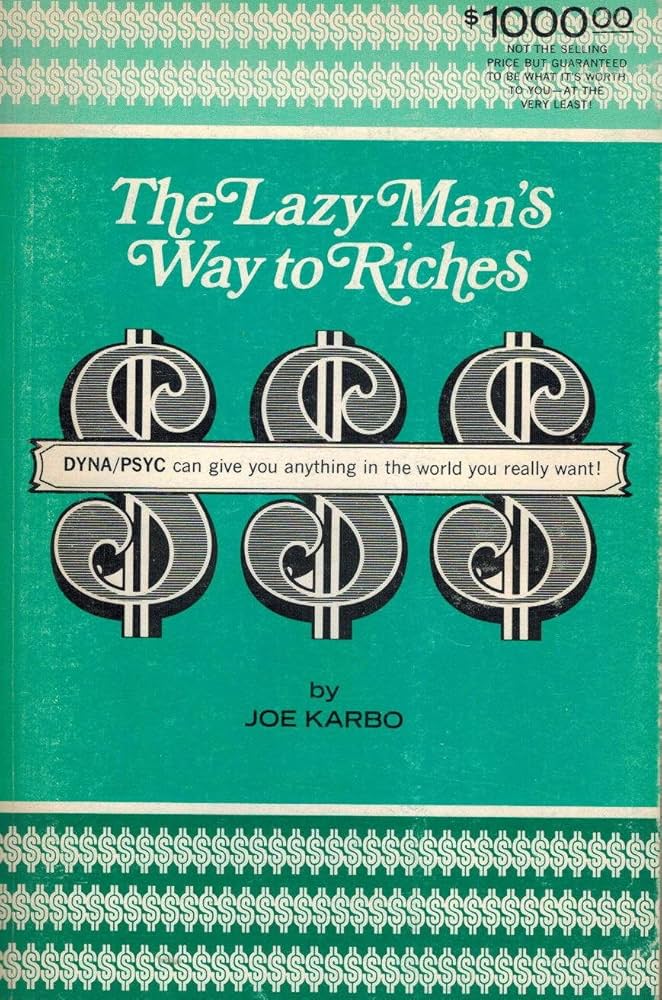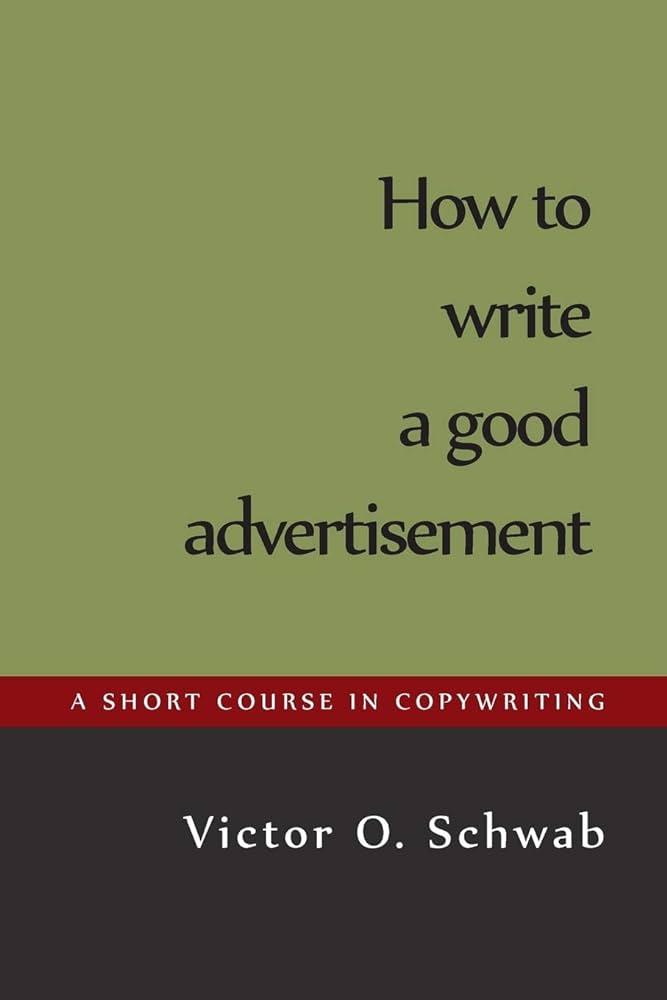What makes a product awesome? How to find an existing marketable product? How to find an audience and make a product for them? How to test a product? Lets see what were the answers to those questions in 1994 and whether they have any application today.
– Inspired by 7 Steps To Freedom II by Ben Suarez


1. Demand
2. It is below “perceived” value – If a prospect values the product at 20$ and you sell it for 10$ you got a winner.
3. Your company has a reputation(Trust) – In mail-order, people are sending dollars by mail for a product they’ve never seen to a company they’ve never seen and they need to trust the company to do that.
4. The product has enough gross profit – It is recommended to have at least a 2 to 1 markup* and ideally 5 to 1. Because you need a lot more convincing with first time buyers and so you need more exposures and advertising which will cause you to lose money, even if you sell through mail, where there are no middlemen.
5. Speed of Delivery – In psychology, a well known factor is that the faster a reward comes after an action, the more likely it is to repeat itself. So the faster a buyer gets rewarded for risking his money, the more likely he will return for more.
Step 1: Define Existing Markets
You and Your Friends are Unreliable Indicators
It might seem obvious to you that a certain product has a demand and another doesn’t, but not so fast.
Keep in mind that you and your friends are often not a reliable indicator of how good a product is.
Why?
Because:
1. You will always be biased towards your product and
2. Your friends will not want to offend you
Your Product Must Be VERY Demanded
Then, it’s also important that the product has a VERY high demand. Just a high demand is not enough, because you need to recover the costs of what you paid for the promotion as well, and the cost of getting
initial purchases is also very high in direct mail.
What People Want (From General to Specific)
We start from general definitions of what all people want. The main things they want are love and money and they want it to be quick and easy.
Then we want to see how it relates to our specific market. For example, in the overweight market, people want to lose weight to get love, but, not any product that helps lose weight will have demand. It must be quick and easy too.
There are other things that people want too, of course, many of which can be indirectly related to getting love and money.
Two Places Serving as Product Demand Indicators (In 1994):
1. Looking at ads that repeat in newspapers because if they wouldn’t be profitable, they wouldn’t keep running in the long hall.
2. Looking at amounts of products sold in the SRDS*, and if they were sold it means there’s a market of course…
More Information Regarding The SRDS
FYI, Ben even did a whole long list for us where he simplifies the individual lists of the 4 volume SRDS into categories to see what products were sold. One of the most selling categories was Books.
Recomendations for Choosing Highly Demanded Books As A Product
– Books that promise health cures are often “suspect”. Health prevention books are more recommended.
– Focus on the title, it can make or break a book
– One of the most leading book categories is moneymaking and business
– Fiction also sells, especially if it has a movie about it
There are also Compiled Lists [Demographics, Psychographics]
These are not based on orders but interest groups or demographics, but where there are many people with a common denominator there’s usually a market hidden
Exclusivity Plays a Role
If you find an item selling only by you in direct mail and not retail, this is great.
Step 2: Select Prospective Products
12 Prospective products should be chosen by you, and then by the tests in this step, only one shall go to market.
Test Your Product by Real Life Simulation – RLS
You get a group of 8-15 people in a room and get them to speak freely about the product and even give them money in the end and they may choose to buy some of them or not. This is an extremely important test,
because these people actually take money out of their pocket to purchase the product, arguably the best indicator of product marketability.
6 Ways to Find Existing Products [The Product End Approach]
1. Trade shows. Just wonder around through people who are trying to sell their product and offer to help them in marketing
2. Merchandise marts. In contrast to trade shows they’re places that do the same as tradeshows but are open year round and are not focused events.
3. Look for existing products that are not being actively marketed by
a) Mailing the product’s companies
b) Scanning through retail stores and contacting the manufacturer as you spot an opportunity.
4. Patent office. There are just infinite amount of patents that were never marketed or the inventor just didn’t know how to market. You may also get a subscription to the U.S. patents newsletter to get notified of new ones.
5. Make an existing product better, cheaper or bigger, E.G. Ben took a horoscope that was selling for 20$ and divided it into two parts, a small part which he sold for 3$ and a more elaborated one for 10$.
6. Revive dead products. One book sold 1 million copies in a promotion, then Ben picked it up after a lot of time that it was dormant, and managed to sell 200,000 more.
After all, the basic human interests remain the same, even when time passes…
The Prospect End Approach
Up until now we were looking for a product first that existed and had a demand but we can also start with the prospects.
You can go through the compiled lists and think what products these audiences need. This way it’s easy to come up with 12 products and then you can test them as follows [besides the RLS*].
Gang Test Your Products by 3 Methods
Phone, newspaper and mail
Phone is free while mail and newspaper cost 20-100$
In all the methods you must write one describing paragraph and headline for each product and then do the following:
By Phone
1) Separate the 12 products into 4 groups of 3
2) Call 90 prospects by phone and tell them that you’re asking them for a survey to choose a winning product, read out to them the descriptions and names of one group’s products. Repeat for the four groups (Out of 90 prospects you will probably get about 30 answers because some likely won’t co-operate)
3) As an incentive tell them that if they will choose a winning product and you end up producing it, you will send it to them.
4) Write their mail address and name to make sure this indeed happens
5) After 1 product wins of each group, make two new groups with 2 products in each, the leading products being in different groups.
6) Do the same test but with two products each time
7) Then pit the remaining two against each other in a third test.
8) Start preparing your promotion for the winner
9) Even if you have a winning product and the fight was close, test the products that were close with a test rollout* too.
This method[Phone] helps you get personal feedback and ideas to improve the product, but is time costly
By Newspaper
Write 12 product descriptions and titles and explain that if people participate in the survey and choose the product that will end up being manufactured they will get it for free.
Disadvantages
-This method has no personal feedback
-It also takes time of a few weeks for people to respond until you may begin marketing the product
-If you are selling a report to accountants, this mass media method is not the best choice for you. It would make more sense to call accountants specifically by phone or send a direct mail to a specific list of accountants
Advantages
-Requires less of your personal time
By Mail
Choose some general compiled list and mail them the same message as with the newspaper.
It’s okay to mail about products with lower market attraction or higher market attraction or even regarding products already being sold. Just make sure they’re not at a minimal price point already because of marketers lowering the prices in a competition.
Disadvantages
The same as newspaper excluding the accountants case scenario
Advantages
The same as with newspaper
Now that we have tested a product for good selling probability, next we need to find out the way to promote it which is the subject of chapter 8. However you probably haven’t tested the product by the time you finish reading this post. Testing 12 products? Noooot for me, you’re probably thinking… Which is why you should keep reading.
Learn by Doing
As in all the previous chapters, I’m attaching a FILLABLE workbook to help you better learn the principles in content creator style TODAY so that you may better understand how it really applies in your own life and not just in 1994. I highly recommend you fill it out to increase the chances of you applying anything you’ve learned here.
Stay awesome! The workbook is below.
Image Sources
1. Book Cover – Scientificadvertising.com
2. Ben Suarez – Beaconjournal.com
Previous Book Summaries

The Lazy Mans Way to Riches – 4 Takeaways


How To Write A Good Advertisement (Content Piece) 5 Fundamentals